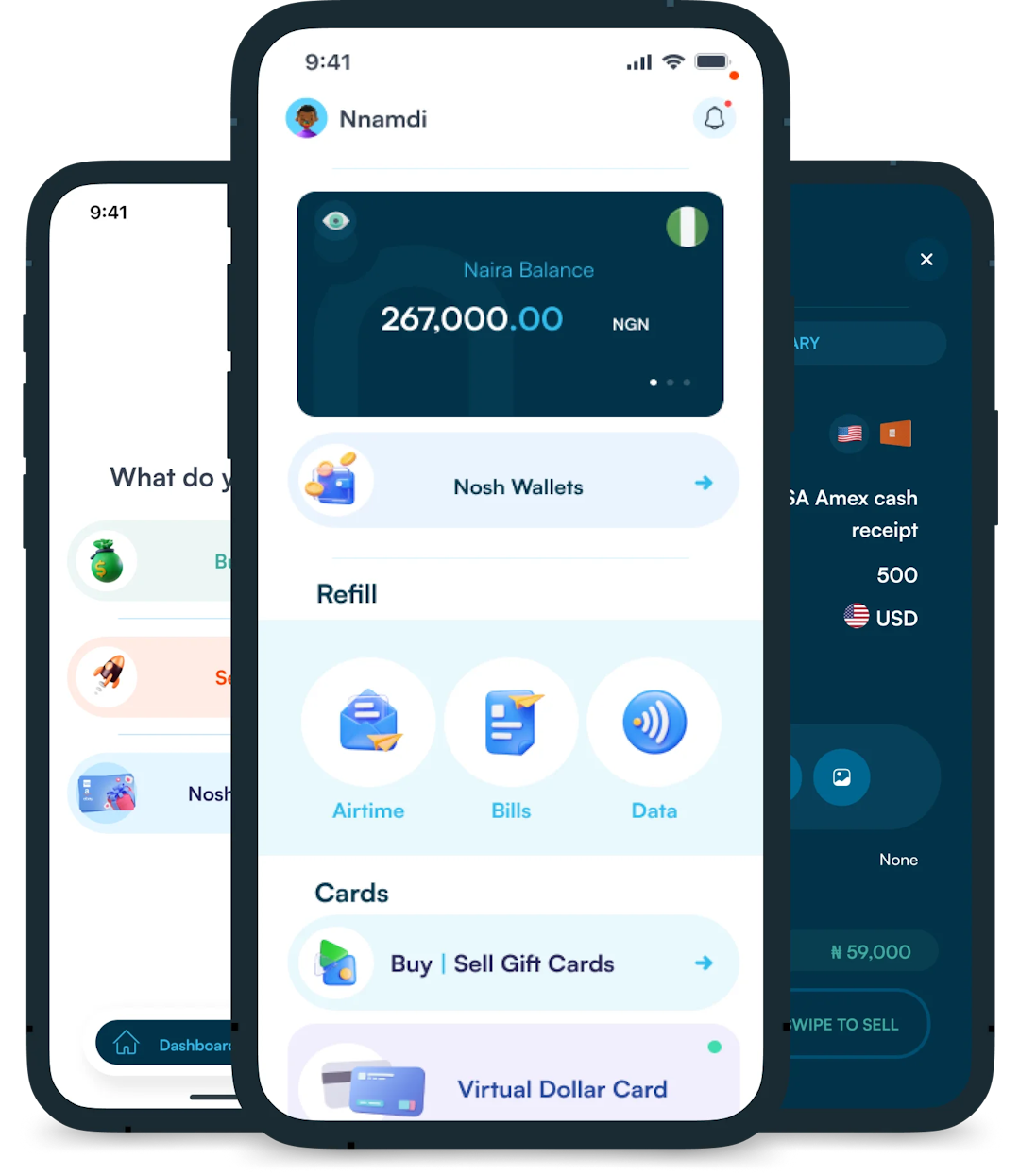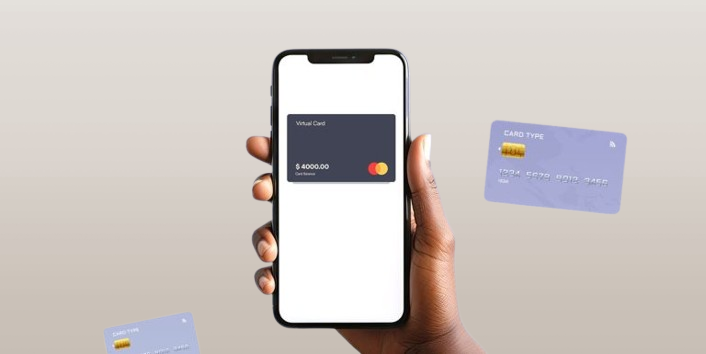
Virtual dollar cards have become increasingly popular in Nigeria, offering a convenient and secure way to make online payments in USD. These digital cards provide a solution to the limitations...
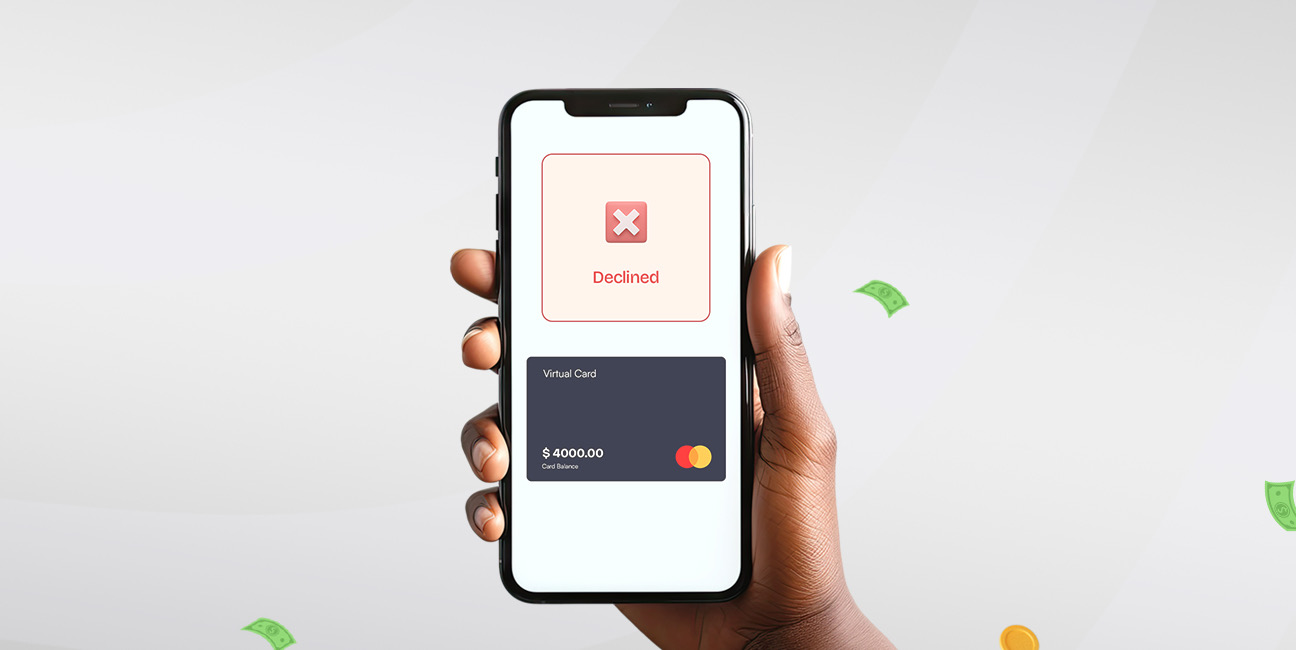
Did you know that globally, declined transactions are one of the leading causes of annual business losses? In 2020 alone, failed transactions led to significant losses of up to $118.5 billion. A study by Visa and Mastercard found that over 15% of all card transactions are declined. This doesn’t affect only businesses; individuals like you often face unexpected charges without realizing how much they add up. Virtual card users, in particular, may experience declines due to insufficient funds, merchant restrictions, or security settings—factors meant to enhance security—sometimes resulting in unnecessary fees.
Before we get into all the details, let’s explain virtual cards for those unfamiliar with the term.
A virtual card is a digital version of a debit or credit card that enhances security and convenience for online payments. Virtual dollar cards have become essential for Nigerians seeking to make international transactions seamlessly. These digital cards allow users to pay in foreign currencies without the limitations often associated with traditional naira-denominated cards.
Let’s highlight some specific advantages of virtual cards over physical cards. Consider these scenarios:
| Scenario | Traditional Card | Virtual Card |
| Payment decline due to expiration | Requesting a new card and waiting for delivery leads to delays and failed payments. | Allows for automatic card updates, ensuring seamless transactions without expiration-related declines. |
| Insufficient funds | Transaction fails, and the user incurs a $30 declined transaction fee. | Users can set spending limits to prevent overdrafts and declined transactions. |
| Security breach | Card details are compromised, and bank freezes account, requiring a lengthy replacement process. | Instant card replacement allows users to generate a new card immediately, minimizing disruptions. |
| Cross-border transaction failure | Banks block international transactions due to currency restrictions or fraud concerns. | Currency flexibility enables smooth international purchases without extra restrictions. |
Next, let’s dive into why virtual card providers charge declined transaction fees in the first place.
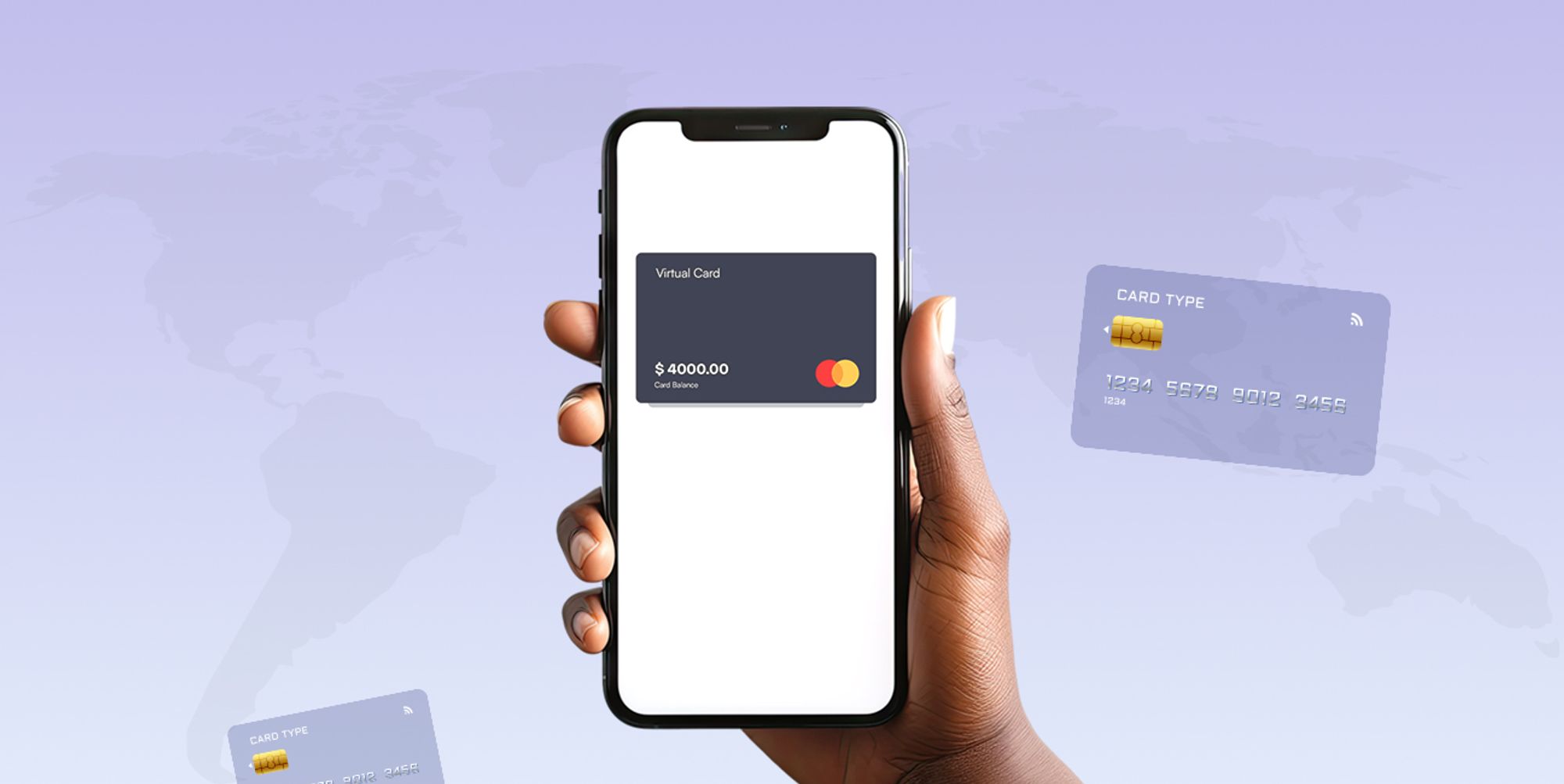
Virtual card providers charge users for declined transactions because they also incur costs from third-party processors like Mastercard or Visa whenever a transaction fails. These fees can accumulate significantly over time, leaving customers unhappy.
More than 60% of consumers who encounter payment failures during an online payment process refuse to visit the website again to attempt a purchase, according to recent studies.
Several reasons can cause a transaction to fail, including:
Read more on virtual card security features
Virtual cards get declined for many reasons that could lead to you getting charged with fees. These declined transaction fees help card providers cover these costs and deter users from repeated failed attempts that could indicate fraudulent activity.
Dealing with declined transactions and unnecessary fees can be frustrating. To prevent unnecessary charges on your virtual card, here are some proactive steps you can take:
1. Ensure Your Card Has Sufficient Balance
Before making any transaction, check your card balance. If the total payment exceeds the available funds, your transaction will likely be declined, and you may incur a fee. Always check your balance and reload your card in advance if needed.
2. Be Aware of Transaction Limits
Some virtual cards have spending limits. Ensure you know your card’s daily or monthly transaction cap to avoid exceeding it. This simple action will help you prevent declines and associated fees.
3. Verify Merchant Compatibility
Certain merchants or platforms may not accept virtual cards. Before attempting a payment, confirm that your chosen merchant supports your card to prevent failed transactions.
4. Use the Correct Billing Address
Many virtual card providers require you to input a specific billing address linked to the card. Entering the wrong billing details can cause transactions to be declined. Double-check the billing information before confirming a payment to avoid incurring unnecessary fees.
5. Enable Transaction Notifications
Activating notifications can help you monitor your card activity. If a transaction fails, you can quickly identify the reason and take corrective action.
6. Use Alternative Payment Methods When Necessary
If your virtual card frequently gets declined by a specific merchant, consider using an alternative payment method such as a different virtual card, a debit/credit card, or a gift card.
7. Check for Geographic Restrictions
Some virtual cards have country-specific restrictions. If your payment is being declined due to location issues, consider using a card that supports international transactions.
These five smart steps will help you handle online transactions and have a smoother experience with virtual cards.
Not all virtual cards are created equal. Look for a provider that offers low fees, flexible spending limits, and strong security features. Platforms like Chipper allow you to generate virtual cards tailored to your needs, whether for subscriptions, shopping, or business expenses.
Before you can start making transactions, you have to deposit funds onto your virtual card. Most platforms allow bank transfers, cryptocurrency deposits, or gift card conversions. Additionally, setting spending caps and expiration dates can prevent declined transactions caused by insufficient funds.
Real-time tracking and management of virtual cards is a significant benefit. Regularly check your transaction history, analyze where you’re being charged, and adjust spending limits or create new cards as needed. This proactive approach helps you stay ahead of declines and unnecessary fees.
Also read this report on virtual cards.
Now, you’re ready to start spending! Use your virtual card for online shopping, subscriptions, business payments, and more. If a merchant declines a transaction, you can quickly generate a new card instead of dealing with costly decline fees on a traditional bank card.
By following these five steps, you’re not just avoiding declined transaction fees—you’re taking full control of your financial transactions.
Let’s wrap up with these frequently asked questions to help you maximize your virtual card experience.
1. How much can I save by switching to virtual cards?
By using virtual cards, you can eliminate unnecessary declined transaction fees, avoid currency conversion markups, and set spending limits to prevent overspending. Savings vary depending on your transaction volume, but businesses and frequent online shoppers can save hundreds of dollars annually by eliminating hidden fees and unauthorized charges.
2. Are virtual cards accepted everywhere traditional cards work?
Virtual cards are widely accepted for online transactions, subscriptions, and international purchases, as long as the merchant supports Visa or Mastercard. However, they may not work for in-person purchases at physical stores or with merchants that require a physical card for verification.
3. What happens if a virtual card payment is declined?
If your virtual card payment is declined, first check your balance, spending limit, or expiration date. Some merchants may also have location-based restrictions. If the issue persists, you can easily generate a new virtual card or adjust settings in your provider’s app to resolve the problem.
4. Can I use a virtual card for recurring payments like subscriptions?
Yes! Virtual cards are perfect for managing subscriptions because you can create a separate card for each service. This makes it easy to cancel subscriptions without affecting your main account and avoid unexpected auto-renewal charges.
5. Do virtual cards help prevent fraud?
Absolutely. Virtual cards offer better security than traditional cards because they allow you to set spending limits, expiration dates, and merchant restrictions. Since they are not linked directly to your bank account, they reduce the risk of fraud if your details get compromised.
6. Can I withdraw cash with a virtual card?
No. Virtual cards are designed for online transactions only and cannot be used to withdraw cash at ATMs. If you need money, you must transfer funds to a bank account first.
7. How do I get a virtual card?
You can easily create a virtual card through a trusted provider like Nosh. All you have to do is sign up, verify your account, fund your wallet, and generate a card for instant use.
8. What should I do if I’m being charged for declined transactions?
If you notice declined transaction fees, check your balance, card validity, and spending limits. If the issue persists, contact your card provider to clarify the reason for the charge and explore ways to prevent it from recurring. For instance, ensure you have enough funds or switch to a provider with lower fees.
Declined transaction fees on virtual cards can be frustrating, but they are avoidable. Keeping track of your balance, understanding your card’s limits, and ensuring compatibility with merchants will help you control the rate of unnecessary charges. Staying informed and proactive guarantees smooth and fee-free transactions. Want more enlightening tips and guides on major financial topics? Follow our blog and don’t forget to share with your friends.

Virtual dollar cards have become increasingly popular in Nigeria, offering a convenient and secure way to make online payments in USD. These digital cards provide a solution to the limitations...

Have you ever looked at your bank account and wondered, “Is there a smarter way to grow my money than just saving it?” If yes, you're not alone. I’ve been...

As an Education graduate in Nigeria, the most accessible job offer for me is teaching in privately owned schools. The implication of this is working hard to earn a penny...
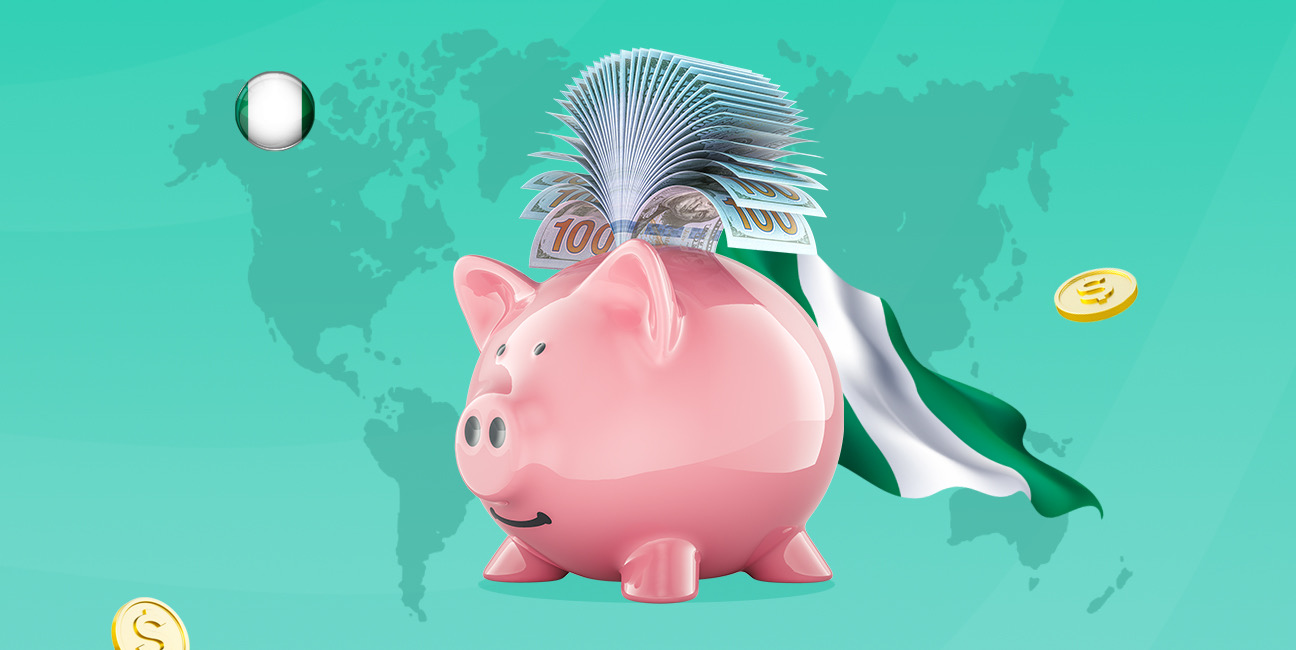
The Naira is weakening, which means your savings and investments are under threat. How do we know this? Well, the Nigeria Bureau of Statistics puts the current inflation rate at...
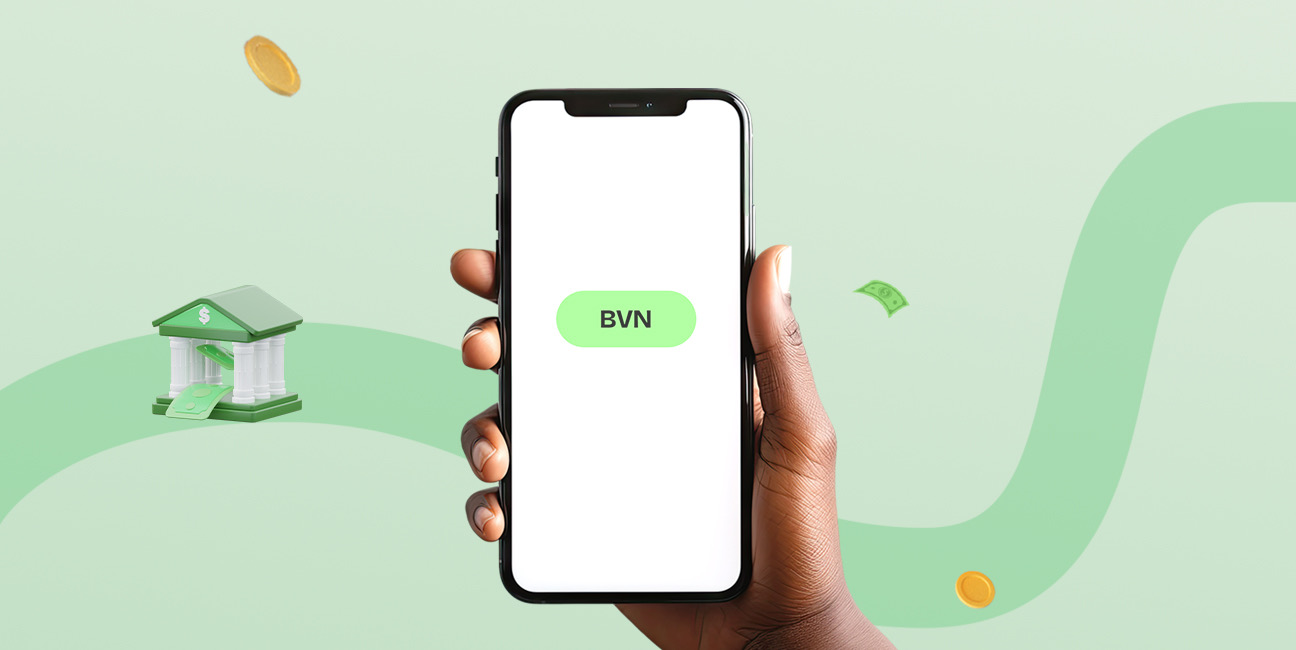
The Bank Verification Number (BVN) is a unique 11-digit number issued by the Central Bank of Nigeria (CBN) to every individual with a Nigerian bank account. It helps protect customers...

Have you ever found yourself Googling things like 'cheapest way to send money to Nigeria' because you’ve had a terrible experience with high fees, slow transfers, or confusing apps? I’ve...
Get the APP today to start enjoying amazing deals with #TopNOSHExperience.
